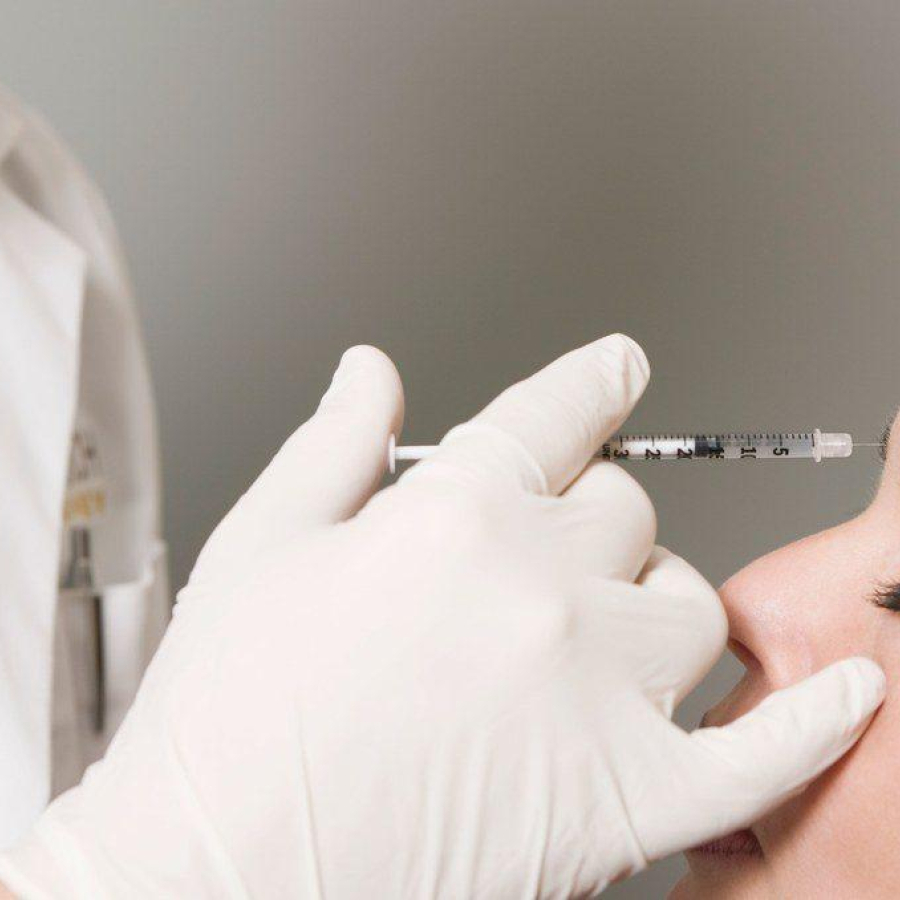
Legal
Second California Law That Affects MSOs Passes
California has now passed two laws that will have an effect on how investors, health care entities and management services ...
Posted By Kate Harper, Thursday, October 11, 2018

By Alex R. Thiersch, Founder and Director of the American Med Spa Association
Med spa ownership, delegation requirements, HIPAA, and fee-splitting are common issues to consider when coming up with your medical spa's compliance plan, however it is vital that you do not overlook Occupational Safety and Health Administration (OSHA) standards in your medical aesthetic practice. You may not even know what OSHA is, what it does and why it does it. It's time to change that. In fact, it's mandatory that medical spas follow OSHA standards—your business depends on it.
When Lori Marshall, a physician's assistant at the West Side Medical Spa, reported to management that she had been stuck by a contaminated needle during a procedure, nobody knew what to do. When she tried to convey to management the need for procedures, she was told to wash the puncture site and get back to work. Lori felt betrayed and angry. At her husband's suggestion, Lori called the Occupational Safety and Health Administration (OSHA) and reported the incident. Within hours, Lori was contacted by an OSHA compliance safety and health officer (CSHO), who took a detailed statement from Lori, and advised her that they would schedule an immediate site visit.
Two days later, an OSHA CSHO walked in to the West Side Medical Spa and identified herself to management, and advised that they were there in response to a complaint. Throughout the next three days, all employees were interviewed, and all documents and records were reviewed. Within a matter of weeks, West Side Medical Spa received a letter containing the following citations and penalties.
This scenario is based on an actual event, and all names have been change to avoid actual identification of the employee or the employer.
The Occupational Safety and Health Administration (OSHA) is part of the United States Department of Labor. It was created by the Occupational Safety and Health Act of 1970, and its mission, according to the act itself, is "to assure safe and healthful working conditions for working men and women." OSHA protects most private-sector workers in the United States, though its standards are typically associated in the public consciousness with industries such as construction and agriculture—fields in which physical labor is a major part of jobs, and workers may easily suffer injuries—or worse—if improperly trained.
However, medical spas and medical aesthetic facilities also must follow a number of OSHA standards, which may come as a surprise to their owners and operators. Often, unless these are followed, a business can be fined tremendously and ultimately, it can be shut down.
"Sadly, many medical spas may not even be aware that OSHA standards apply to them," says Steve Wilder, president of Sorensen, Wilder & Associates, a safety and security risk management consulting group specializing in health care. "Medical spas are considered health care entities; therefore, they are subject to the health care requirements of OSHA."
According to Wilder, medical spa owners and operators must comply with seven particular OSHA standards.
The specific requirements for each standard can be found on OSHA's website (www.osha.gov). In general, compliance for each standard requires commitment from management and employees; workplace analysis; detailed hazard prevention and control procedures; the completion of training programs; and detailed recordkeeping utilizing OSHA's Form 300 log and Form 300A summary.
"If you've got the proper programs in place in those seven areas, including the written programs, the training programs and everything that's required, you're going to be in pretty good shape," says Wilder. "It can be expensive, but there are a lot of alternate ways around it. You can find different ways to be creative—such as online training—and still meet the intent of the requirement."
If OSHA conducts an audit on your medical spa and finds that it is in violation of workplace standards, you will be fined a considerable amount.
"OSHA has enforcement authority under the federal government," says Wilder. "The standards that they develop can be enforced under penalty of law. What that means is that if they come in and audit a health-care provider—whether it's a spa, hospital, nursing home, an ambulance or whatever—and they identify places in which the health-care provider is not compliant with the standards, they then have the authority to issue monetary fines."
And those fines can be severe. OSHA can issue a fine of up to $7,500 for a first offense, though it is more likely that such a fine will be in the range of $1,500 to $5,000, depending on the severity of the deficiency. It is also important to keep in mind that each additional violation will result in an additional fine, and these fines can quickly add up. What's more, you cannot be insured against such fines, so they will come directly off of your bottom line.
"I looked at [a case] for a nursing home client a couple of months ago and, when OSHA got done with them, their total penalties were more than $45,000," explains Wilder. "And with no insurance to cover it, that's a heck of a bite."
And if a violation for which you have already been cited is found during a subsequent visit, or if said violation is found at a different location that is owned by the same person or company, OSHA has the authority to fine you up to $75,000 for that violation.
"You need to take it seriously," cautions Wilder. "OSHA is not getting any gentler; they're not getting any more workplace-friendly. Expect them to be really aggressive in infection control in all areas of medical care. Their focus is protecting employees, so anywhere that employees can get exposed to an injury risk or to an illness risk, they're aggressive about it."
Bringing your medical practice up to OSHA code is not an option. It's a necessity and OSHA does not accept ignorance as an excuse. Now that you know what is expected of your business, you must take the necessary steps and move forward in order to avoid major financial penalties that very easily could result in the closing of your business. Click here to read more articles about med spa law topics and how they could affect your business.
Attend an AmSpa Medical Spa & Aesthetic Boot Camp to learn ways to build and run your medical spa practice profitably, and within the bounds of the law.
Related Tags
Medical spa news, blogs and updates sent directly to your inbox.

Legal
California has now passed two laws that will have an effect on how investors, health care entities and management services ...

Legal
A newly passed law in California will prohibit certain contractual provisions between medical and dental practices and private equity groups ...

Legal
By Patrick O'Brien, General Counsel, American Med Spa Association (AmSpa)The September bulletin from the Texas Medical Board (TMB) helps to ...

Legal
By Patrick O’Brien, General Counsel, American Med Spa AssociationOn September 23, 2025, the Alabama Board of Medical Examiners (BME) issued ...